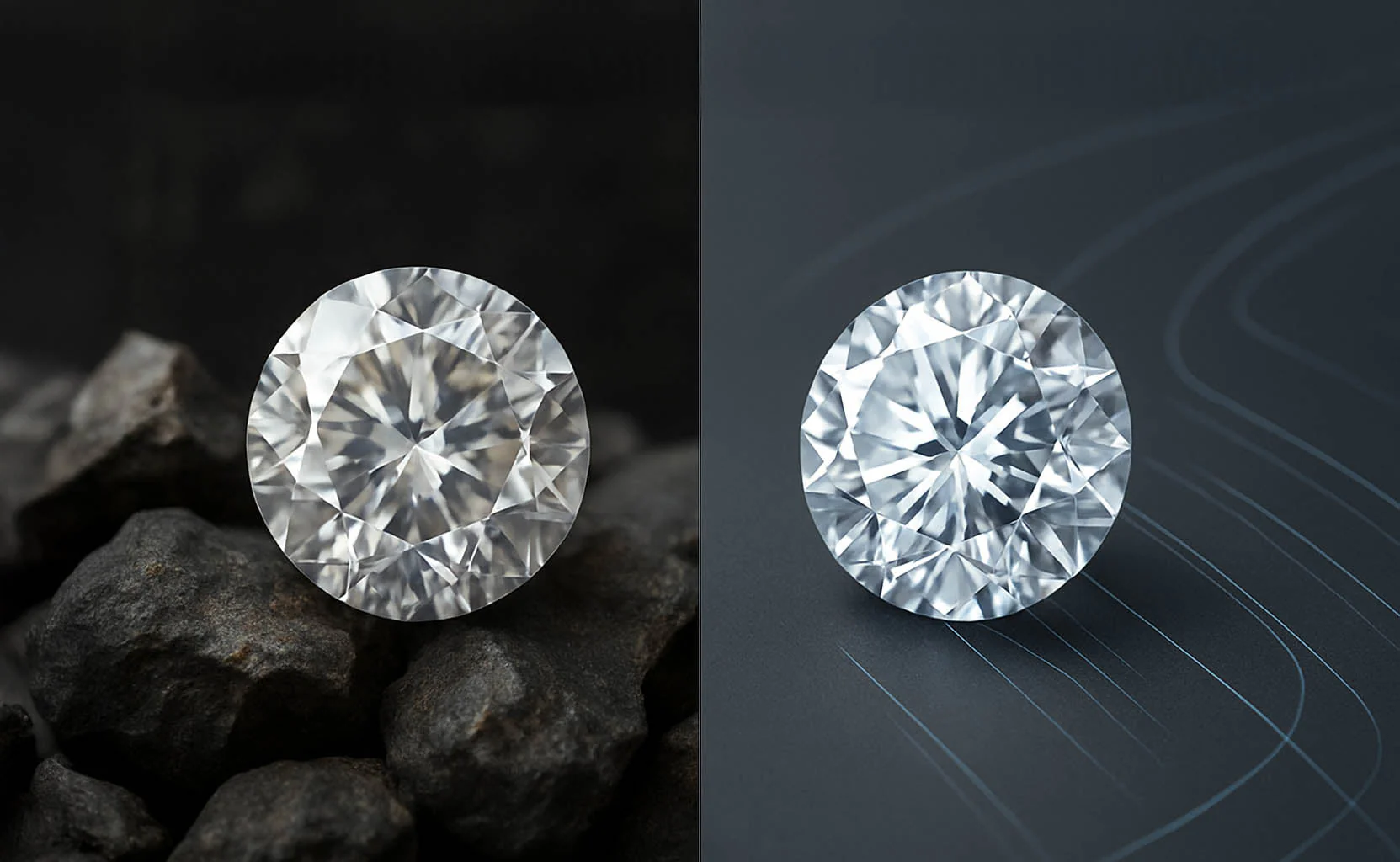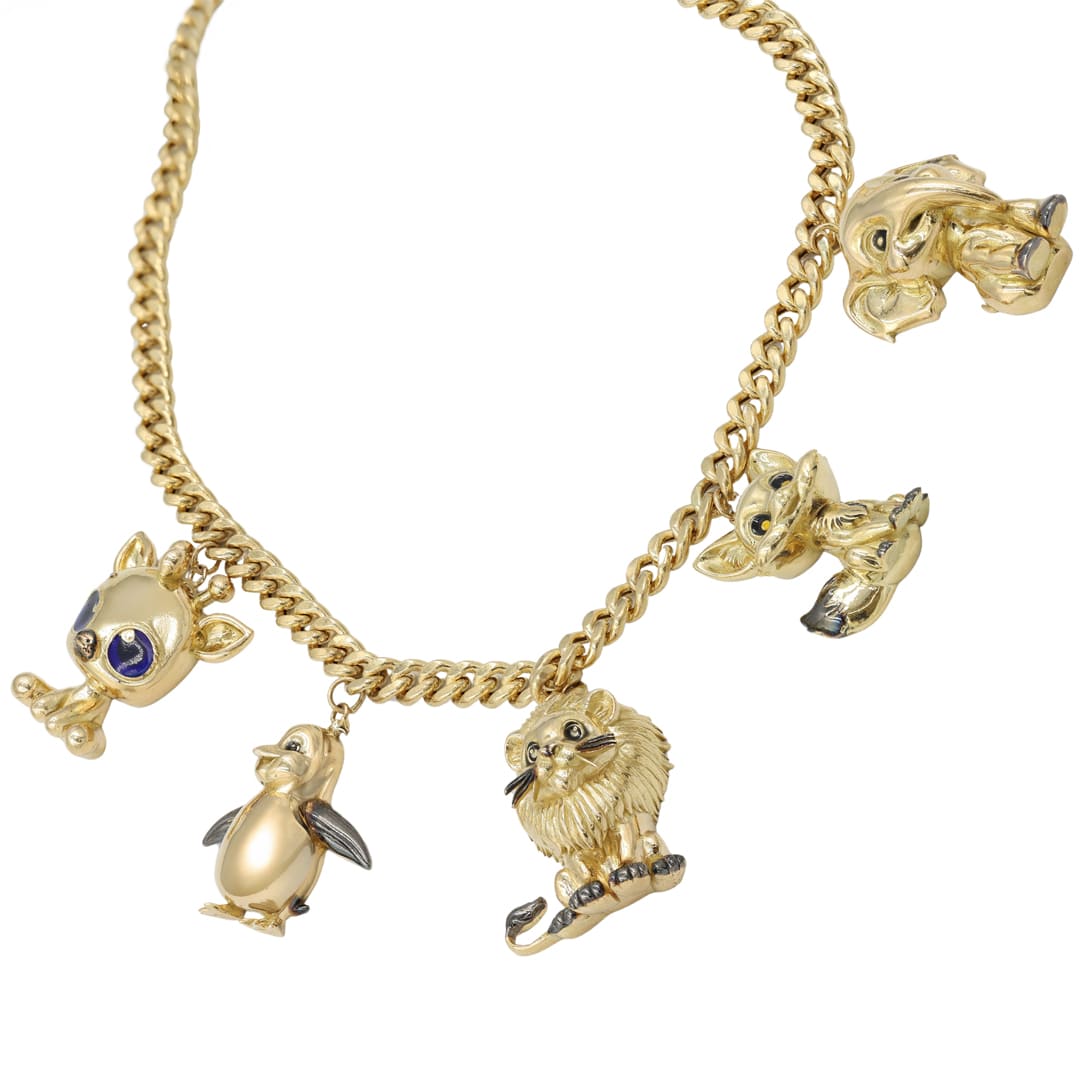
Why Gold Jewellery Is More Desired in the East Than the West
Gold has always carried a universal allure, but its cultural, emotional, and economic value varies dramatically across regions. While gold jewellery dominates markets in the Middle East, India, and many parts of Asia, it doesn’t hold the same everyday significance in Western countries. This global contrast is rooted in a blend of history, culture, tradition, and perception.
A Deep-Rooted Cultural Connection
In many Eastern societies, gold isn’t just a luxury, it’s part of life. In India, for instance, gold plays a central role in weddings, festivals, and even newborn celebrations. It symbolizes prosperity, purity, and family heritage. Similarly, in the Middle East, gold jewellery is often passed down through generations, representing not only beauty but also lineage and status.
In contrast, Western cultures tend to view gold jewellery as an accessory or fashion statement rather than a symbol of wealth or tradition. This cultural difference makes gold a necessity in the East but a choice in the West.
A Traditional Form of Wealth and Security
For centuries, gold has been considered one of the most stable stores of value. In regions where people have experienced economic or political instability, such as parts of Asia and the Middle East, owning gold is seen as a safe and tangible form of investment. Families often accumulate gold as financial security, something that can easily be liquidated in times of need.
Meanwhile, in Western societies with more developed banking systems and financial markets, people tend to invest in stocks, real estate, or digital assets instead. As a result, the role of gold as family wealth is far less pronounced.
Religious and Symbolic Importance
Gold holds strong religious connotations in Eastern traditions. In Hinduism, for example, gold is associated with Goddess Lakshmi, the deity of wealth and prosperity. In Arab culture, gifting gold during weddings or Eid is seen as an act of blessing and generosity. These symbolic associations strengthen the metal’s emotional and spiritual value.
In contrast, Western religions and cultures generally do not attach spiritual meaning to gold jewellery, which limits its importance to aesthetic or financial aspects only.
A Matter of Fashion and Lifestyle
Cultural preferences for style also play a major role. In the Middle East and South Asia, bold and intricate gold jewellery designs are celebrated as expressions of identity and craftsmanship. Jewellery is often worn daily, even with casual outfits.
However, in Europe and North America, minimalist aesthetics dominate fashion trends. People often prefer subtle, delicate, or even non-gold accessories such as silver or platinum. This shift in taste naturally reduces the demand for gold jewellery.
The Gift of Legacy and Tradition
Gold in the East is rarely just purchased, it’s gifted, inherited, and treasured. Parents pass down gold jewellery to their children, especially daughters, as part of their dowry or as a family heirloom. This generational cycle keeps the demand for gold consistently high.
In contrast, Western families are less likely to consider jewellery a form of inheritance. Items of sentimental value are passed on, but rarely with the same cultural or financial weight that gold carries in the East.
The Meaning Behind the Shine
The love for gold jewellery in the Middle East, India, and Asia isn’t just about luxury, it’s about legacy. It’s woven into the social, religious, and economic fabric of life. In other regions, where gold is viewed more as a luxury item than a cultural necessity, its demand remains steady but far less emotional.
Gold may shine equally everywhere, but its meaning changes depending on where you stand.
View Abdullah Sakkijha Jewelry’s latest collections and pieces: https://abdullahsakkijha.com/
Visit us: Swefieh, Al-Hamra Street – Amman, Jordan
Follow us on our socials:
Instagram | Facebook |Snapchat | TikTok | YouTube







Add comment